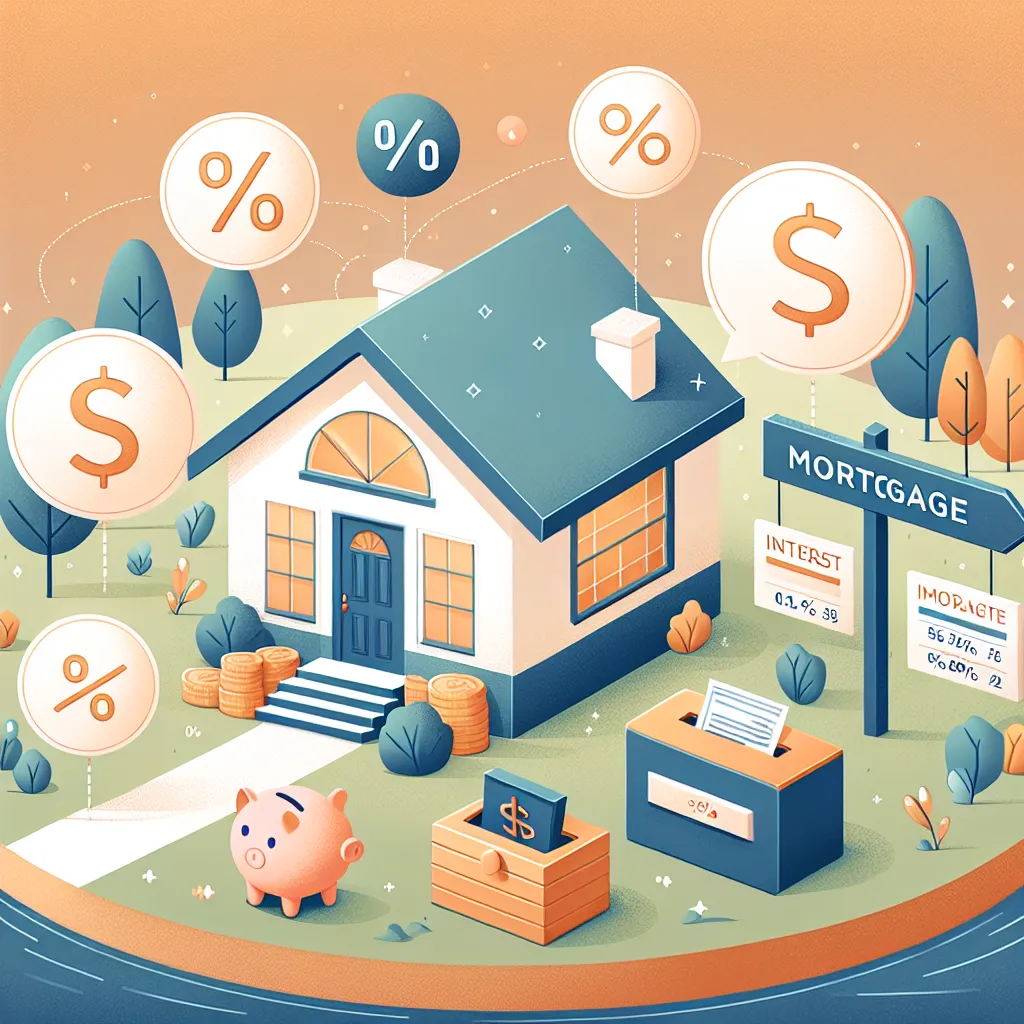Exploring the 40-Year Mortgage: A Comprehensive Guide

A 40-year mortgage might sound like a bizarre idea in the realm of real estate finance, but it has its unique benefits. Unlike traditional mortgages, this extended term can lower monthly payments, providing a fresh avenue for affordability. However, there’s more beneath the surface than meets the eye. Let’s delve into the intriguing world of 40-year mortgages and uncover the truths, options, and potential pitfalls that come with them.
What is a 40-Year Mortgage?
A 40-year mortgage is a home loan with a 40-year repayment schedule. This extended term offers lower monthly payments, similar to stretching a rubber band further. Yes, it makes payments more manageable, but it also increases the total interest paid over the loan’s life.
How Does a 40-Year Mortgage Work?
- Fixed-Rate Option: Like a 30-year mortgage, you lock in a rate, but payments are spread over 40 years.
- Adjustable-Rate Mortgages (ARMs): These start with a fixed rate, adjusting periodically after a set time.
- Interest-Only Loans: Initially, you pay just the interest, later switching to a full principal and interest payment.
| Loan Type | Initial Payment Type | Payment Change |
|---|---|---|
| Fixed-Rate | Principal + Interest | No Change |
| ARM | Interest Only | Adjusts Later |
| Interest-Only | Interest Only | Switches Later |
Why Consider a 40-Year Mortgage?
The primary draw is lower monthly payments. It’s like finding a hidden door in a maze of financial constraints, offering increased purchasing power and flexibility. Yet, it’s a double-edged sword, with potential drawbacks lurking.
The Pros and Cons
Pros
- Lower Monthly Payments: A longer term reduces the financial burden each month.
- Increased Buying Power: Afford higher-priced homes without breaking the bank.
- Flexibility: Options like interest-only payments can ease initial financial strain.
Cons
- Higher Interest Costs: More interest accumulates over the extended term.
- Equity Builds Slowly: A slower pace in building home equity.
- Availability: Not all lenders offer this option, making it less accessible.
The Financial Impact
Let’s compare a 40-year mortgage to a 30-year one. Imagine you borrow £300,000 at a 6% interest rate:
- 30-Year Loan: Monthly Payment – £1,799, Total Interest Paid – £347,515
- 40-Year Loan: Monthly Payment – £1,650, Total Interest Paid – £462,318
Visualizing the Costs
40 Year Mortgage
A 40-year mortgage extends your repayment period, resulting in lower monthly payments but higher total interest costs. Here’s a quick comparison:
- Pros:
- Lower monthly payments
- Increased affordability for larger homes
-
Flexible options like fixed or adjustable rates
-
Cons:
- Higher overall interest paid
- Slower equity build-up
- Limited availability from lenders
Visual Comparison
| Loan Type | Monthly Payment | Total Interest Paid |
|---|---|---|
| 30-Year Mortgage | £1,799 | £347,515 |
| 40-Year Mortgage | £1,650 | £462,318 |
Ready to explore your mortgage options? Visit AnySqft for personalized guidance and find the best solution for your needs!